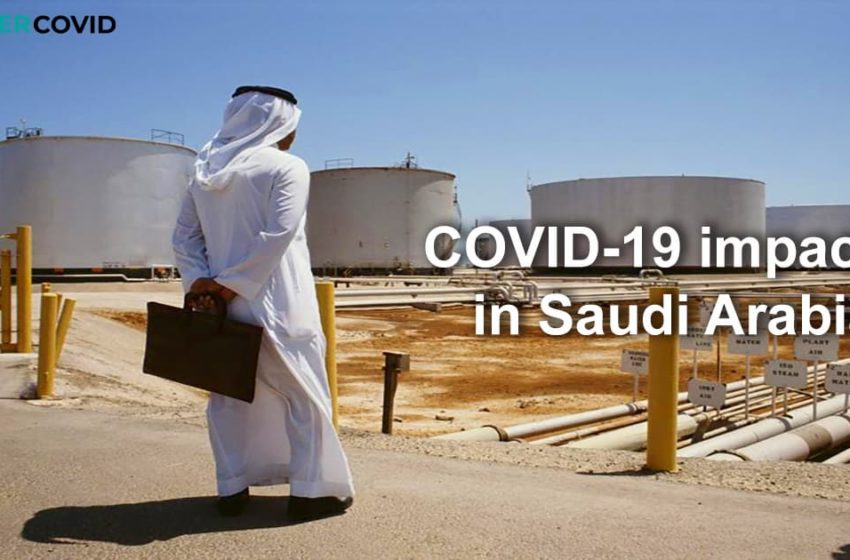Saudi Arabia is well known for being among the wealthiest countries in the Middle East. Since 1984, the GDP of Saudi Arabia has grown over six times its initial value, much of which can be attributed to their petroleum and polymer exports.
Of course, oil naturally dominates the Saudi Arabian economy, acting as their primary source of revenue through the industrial sector and the backbone of the economy as a whole. The two most significant contributors to the Saudi Arabian GDP are their industrial and service sectors, which account for 47.4% and 50.4% of their GDP, respectively. However, 2020 proved to be a great struggle for the oil industry as countries that depended on this resource as a significant export experienced both a price war and the trials of the COVID-19 pandemic.
